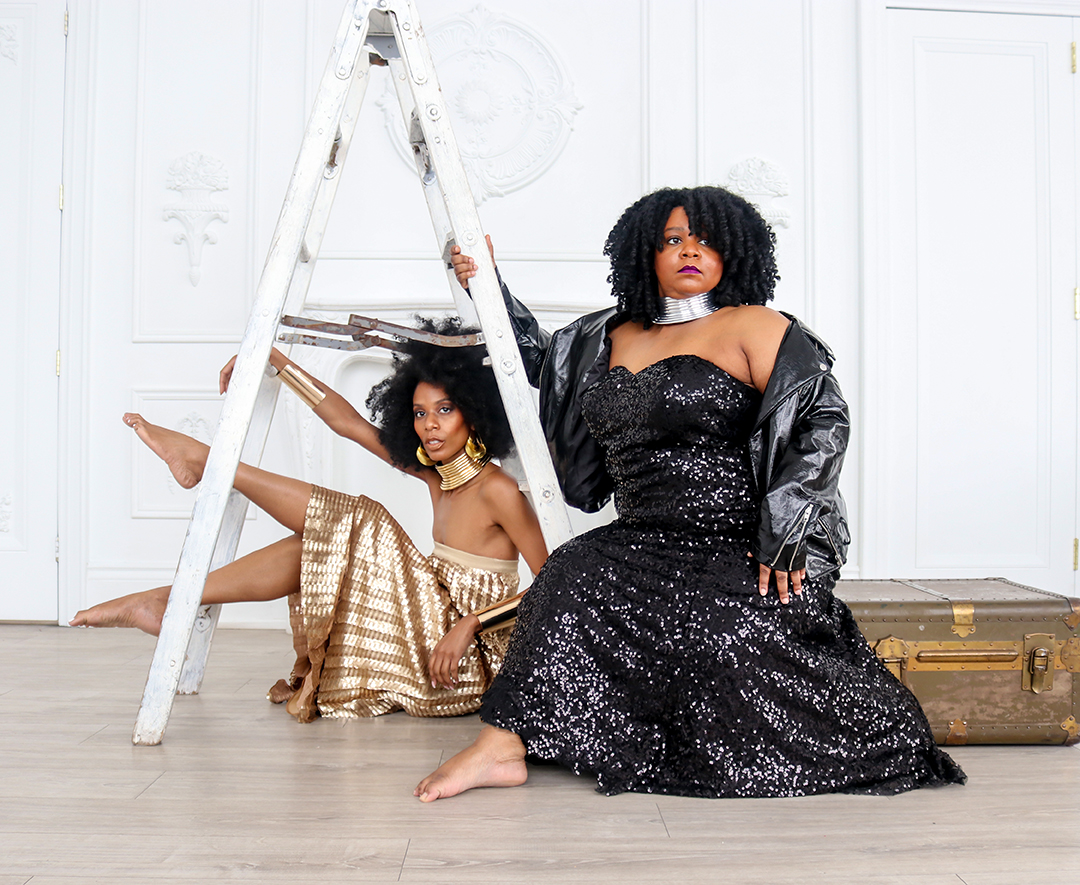
The beautiful and enchanting Aga Khan Museum in Toronto is playing host to one of the most enlightening, enriching and thought provoking exhibits we’ve been to in a long time. Shining a light on the metaphorical and literal richness of the African continent, this exhibition entitled “Caravans of Gold, Fragments in Time: Art, Culture and Exchange Across Medieval Saharan Africa” also managed to ever so powerfully highlight the seeming absence of this history and the impressive players in today’s world.

A history in which gold, salt and slaves were the dominant currency of the day; a history in which Mansa Musa of the Mali Empire’s pilgrimage to Mecca had the power to deflate the value of gold in much if not all of North Africa when he brought several tons of it with him on his journey.
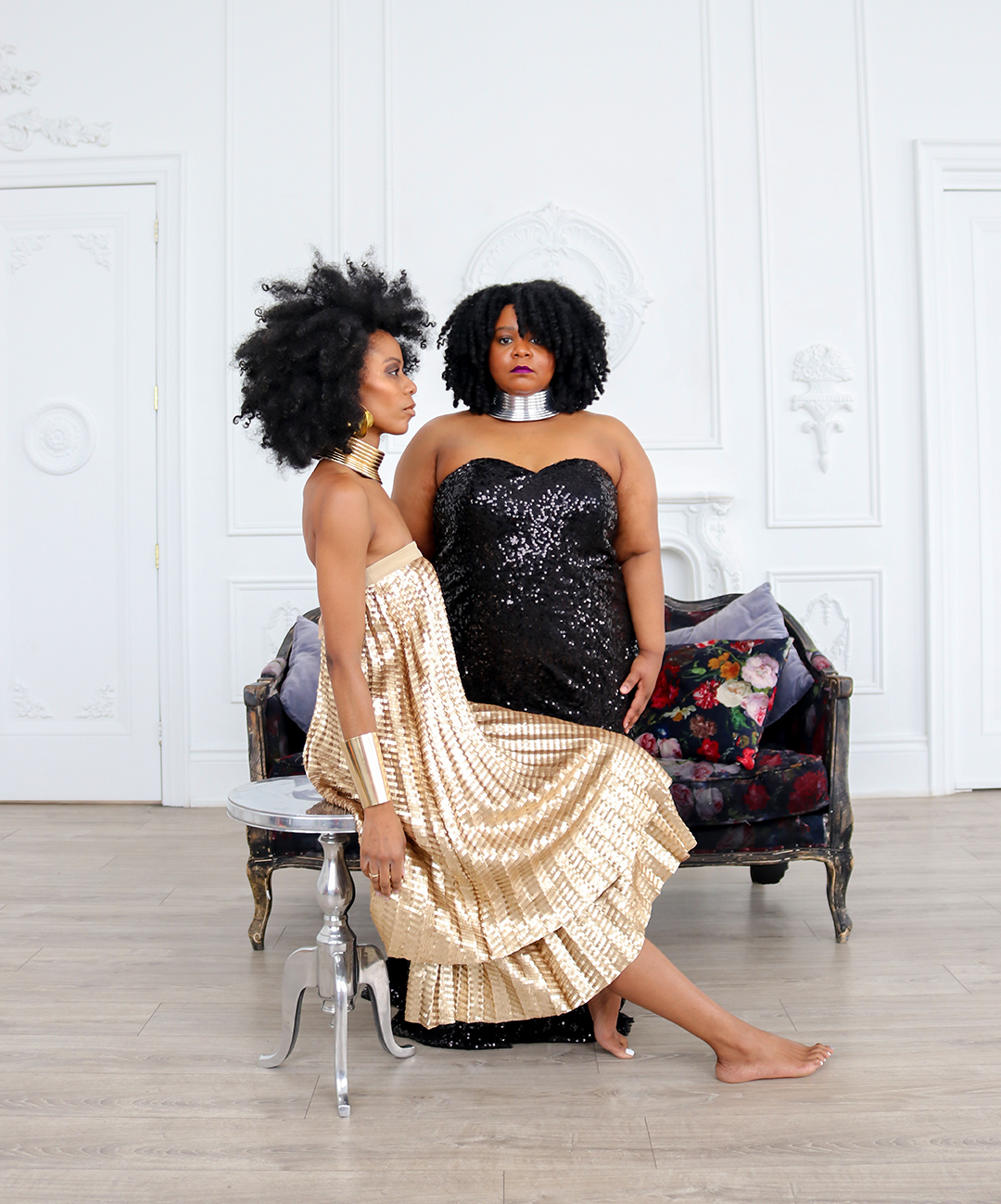
Ekow Nimako’s innovative sculptures, found in the Building Black: Civilizations exhibition transported us to an Afro Futuristic civilization where his intricately carved black LEGO pieces created a futuristic world inextricably linked to its medieval past. But incongruously, all of this richness left us feeling markedly bereft.

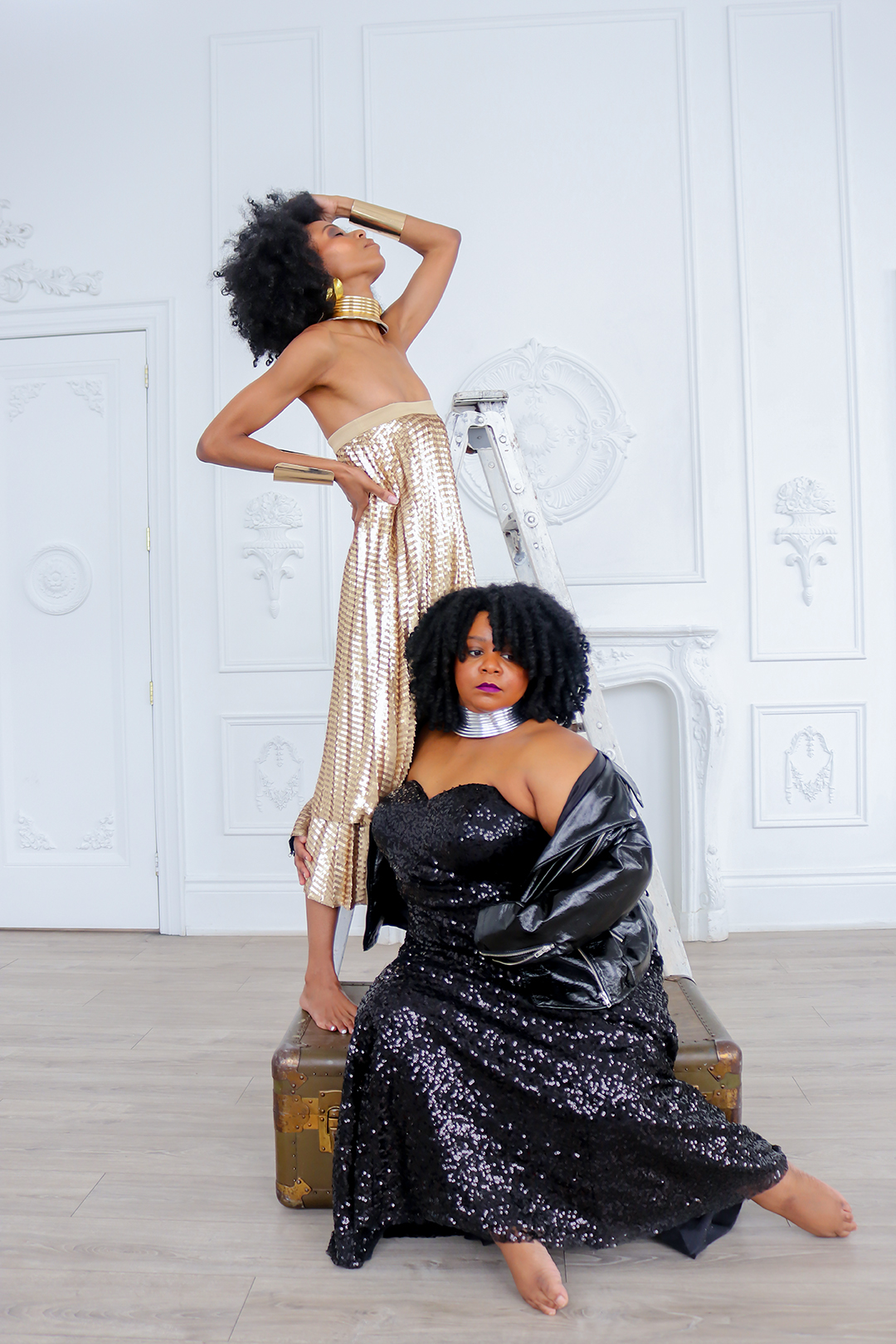
The history we most often hear of in the Western world is one of Knights, Conquistadors, and European Conquerors, while the richness of the African continent is all but lost to the proverbial “sands of time”. If you ask yourself who the richest man in the world ever was, would you be surprised to know that most consider it to be Mansa Musa? If you asked yourself who the first explorers were, does your mind limit you to thinking solely of the world’s ocean explorers? It did for us, until now…
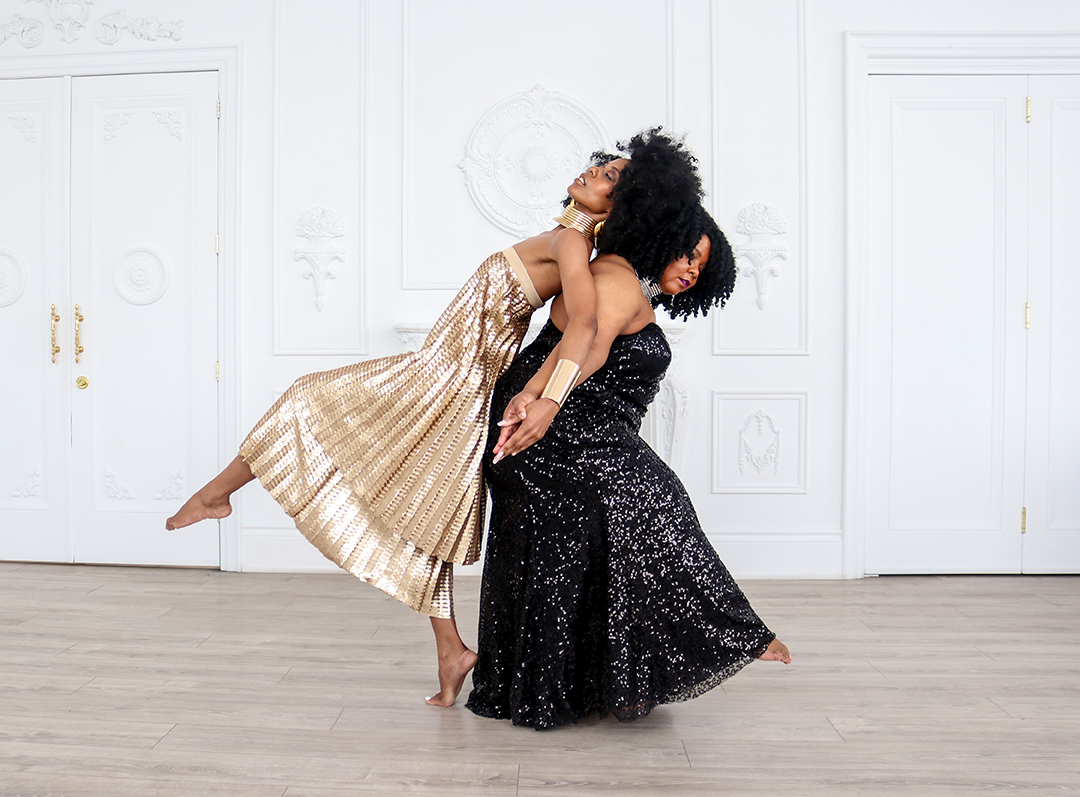
This exhibition made it perfectly clear to us the invisibility and marginalization of people of colour, those not of the prevailing Western religions and people with different abilities in our predominant Western history books, present day and beyond. It’s as though there is no value attributed to people like us and we are rendered virtually invisible. Shrouded behind an impervious veil, the confines from which we cannot escape no matter our accomplishments, success, contributions or abilities.
Through our photo series we wanted to depict the rich and golden history of the continent of Africa juxtaposed against Ekow Nimako’s vision of an afro-futuristic civilization.
Leslie
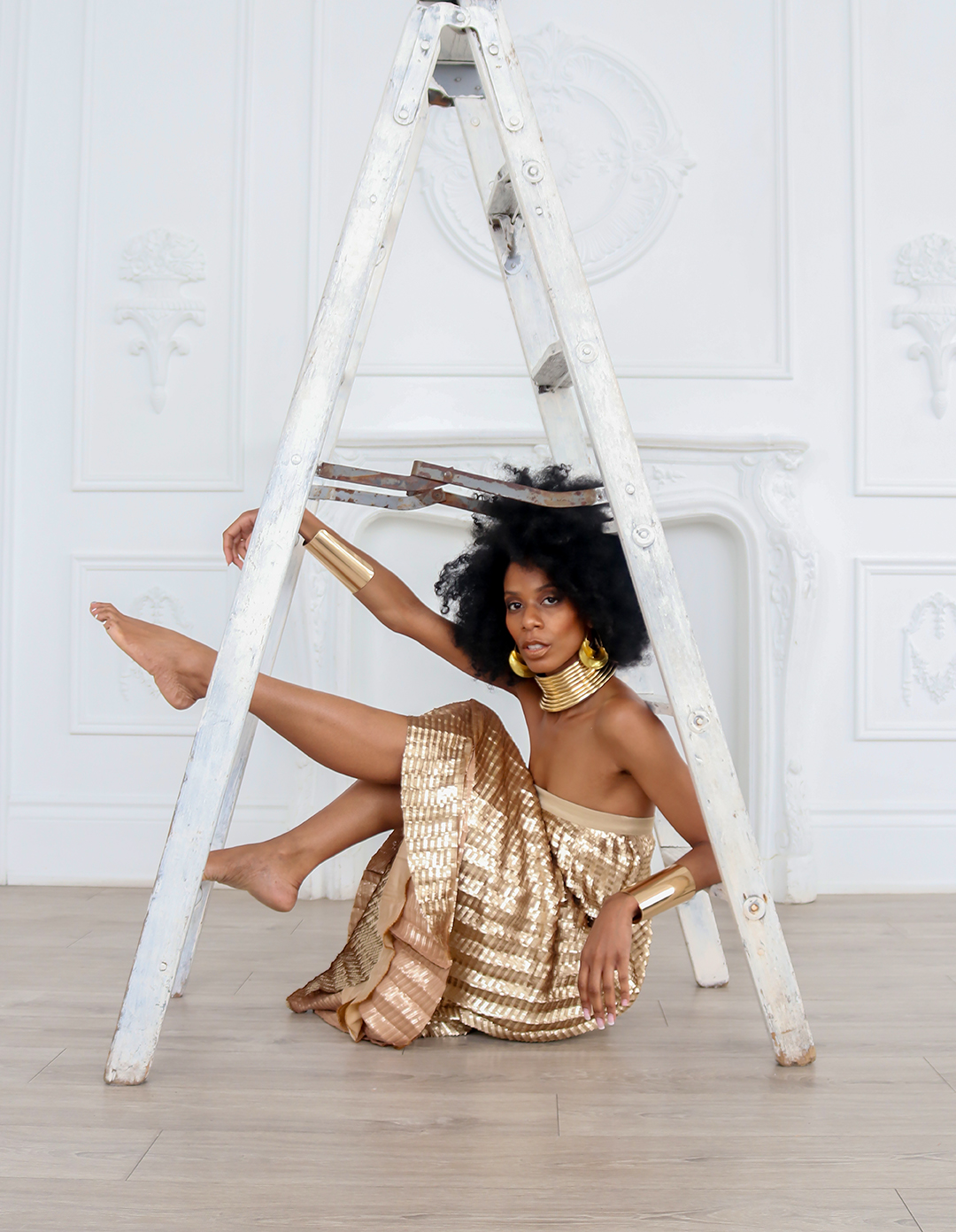
For much of my life I’ve been placed into the below categories both literally when having to complete forms and figuratively when people are trying to “figure me out”:
☒ Visible minority
☒ Female
☒Person with a disability
I’ve filled out forms where the only box I can’t tick is Indigenous person. Ever really think about why we have these terms, tick these boxes? I’ve had to and I’ve realized that sadly it’s because otherwise this trifecta of being a black, blind woman would render me one of society’s outcasts, a virtual pariah in some spheres of society. Yes, it may sound harsh, but I feel that truth makes me stronger. Understanding what I’m up against gives me the power to change it rather than simply being a victim of circumstance. I fully recognize that the government passes regulations surrounding diversity and inclusion not because it had run out of laws to pass, but rather, because of the necessity to ensure that people like me that are already marginalized and might otherwise be excluded from being contributing individuals in society are ensured an opportunity to succeed. How many times have you seen laws passed or grants distributed to encourage organizations to hire more able-bodied Caucasian men? I’m guessing not many.
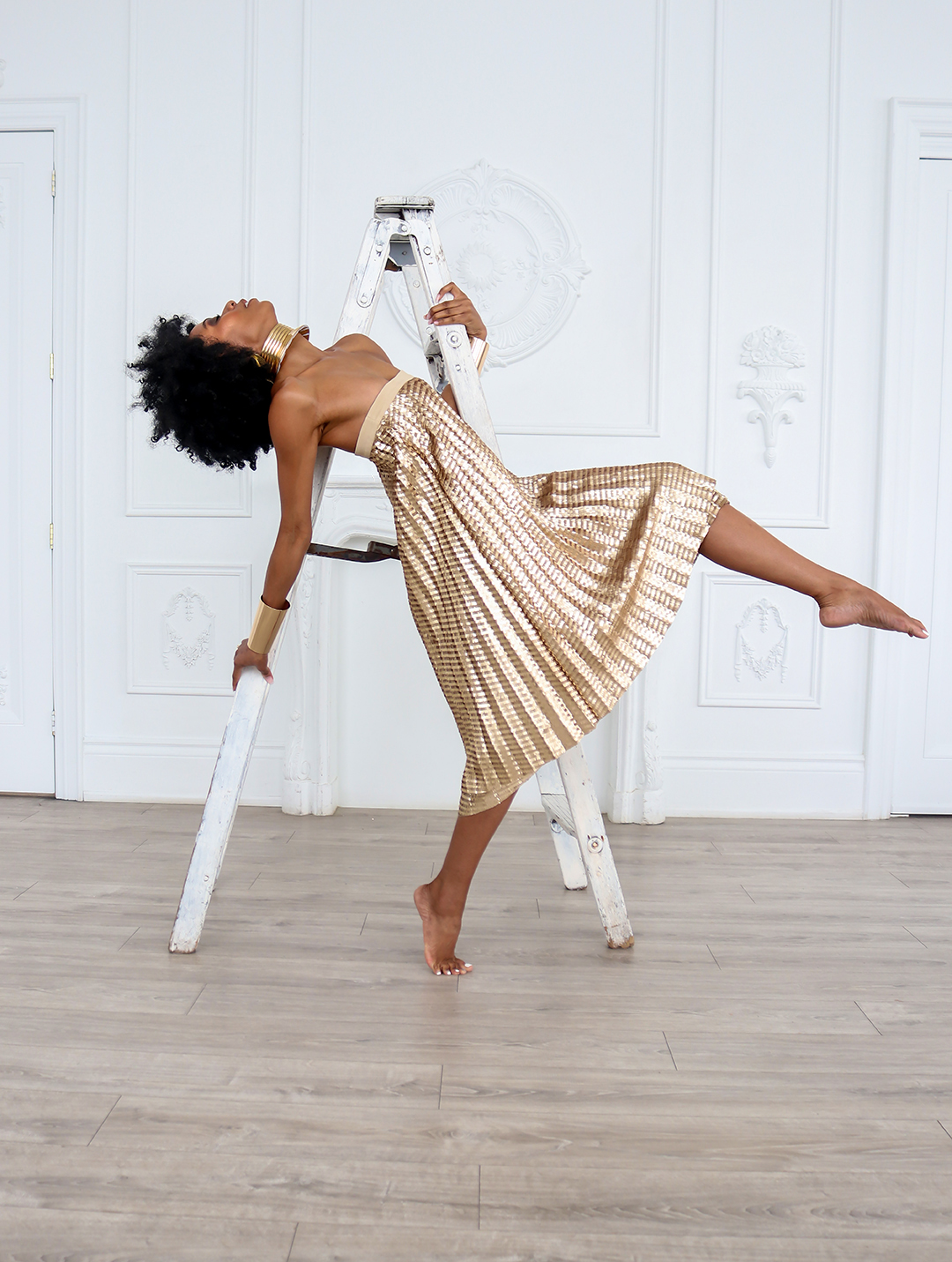
Now, when I look at beauty standards and the Western concept of beauty, it is through the lens of a woman born and raised in Canada, but with a Jamaican background and both have shaped my concept of what is beautiful and where I fit in. When as a child my world was expanded beyond the safety of the four walls of hearth and home I began to see which kids in school were considered the prettiest, which people were gracing the pages of “YM”, Seventeen and Vogue magazine and the ones that were on all the television stations, and this made me take pause. I did not look like any of them. I did not have the long flowing straight or wavy hair, I did not have the pale, white complexion. I did not see people like me on my favourite television shows and I definitely did not see many, if any people with different abilities on TV or dare I say it, cast in a leading role on TV or in movies. Back then, this made me feel like all the things that were a part of me, that made up my body – my kinky hair, brown skin, big nose were not the “normal”, not revered, were not valued. I have my parents to thank for shaping my sister and I so that we were armed to deal with a world that did not necessarily value our colour, sex, body or abilities. Our parents taught us that we can do anything, but we would have to work hard for it, often harder than our Caucasian peers.
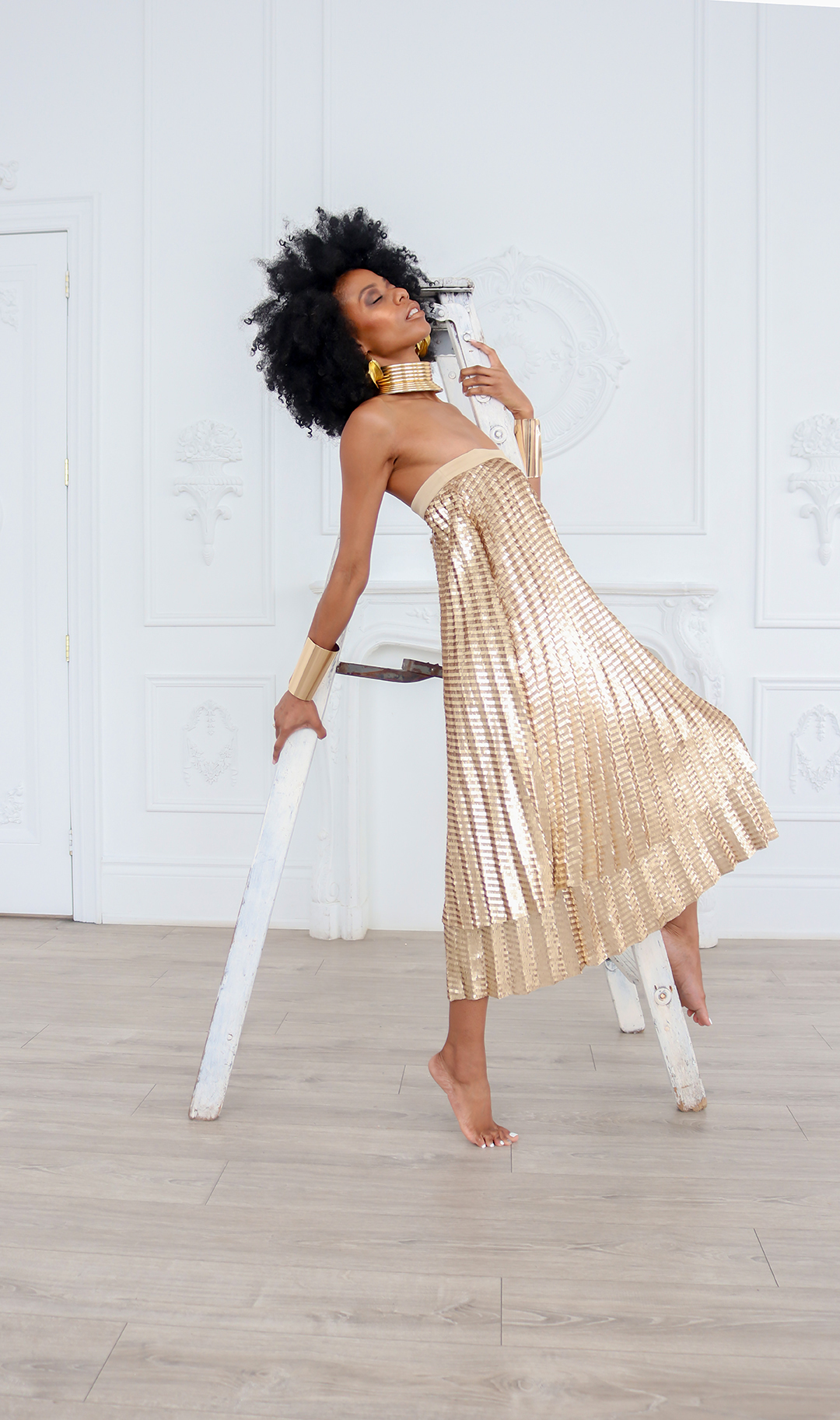
It’s so strange for me to think of the contrast between the seeming value placed on black bodies now, and a time when, that as a slave, black bodies were prized, valuable and a coveted possession. Black lives mattered in terms of commodities to be exchanged for profit or possessed for the generation of wealth. Once laws and social morays changed and our bodies were no longer the commodities to be purchased and sold it’s as though our bodies and contributions were rendered completely worthless to the broader world. It feels sometimes as though unless we’re entertaining the people by dancing singing or playing a sport, we are not valued.
This invisibility that seems to be the fate of a person of colour, is only exacerbated when you are a person that is differently abled. As soon as I leave my home I’m faced with the subtle and not so subtle clues that I am “othered”, not counted, considered or compelling enough to the wide world. From work to play there are challenges every step of the way. From street signs, to building numbers, on-line forms and watching TV, being partially sighted and not accommodated means I either can’t participate, or have to bend myself into a pretzel in order to participate or in some instances fight to participate.
All told, this exhibition reminded me of why I do what I do, and the value I place on myself. It made me reflect on my strengths and reinvigorated my desire to use our platform, The Long and Short of Style as a mechanism to highlight the beauty of different bodies, different abilities and a celebration of women.
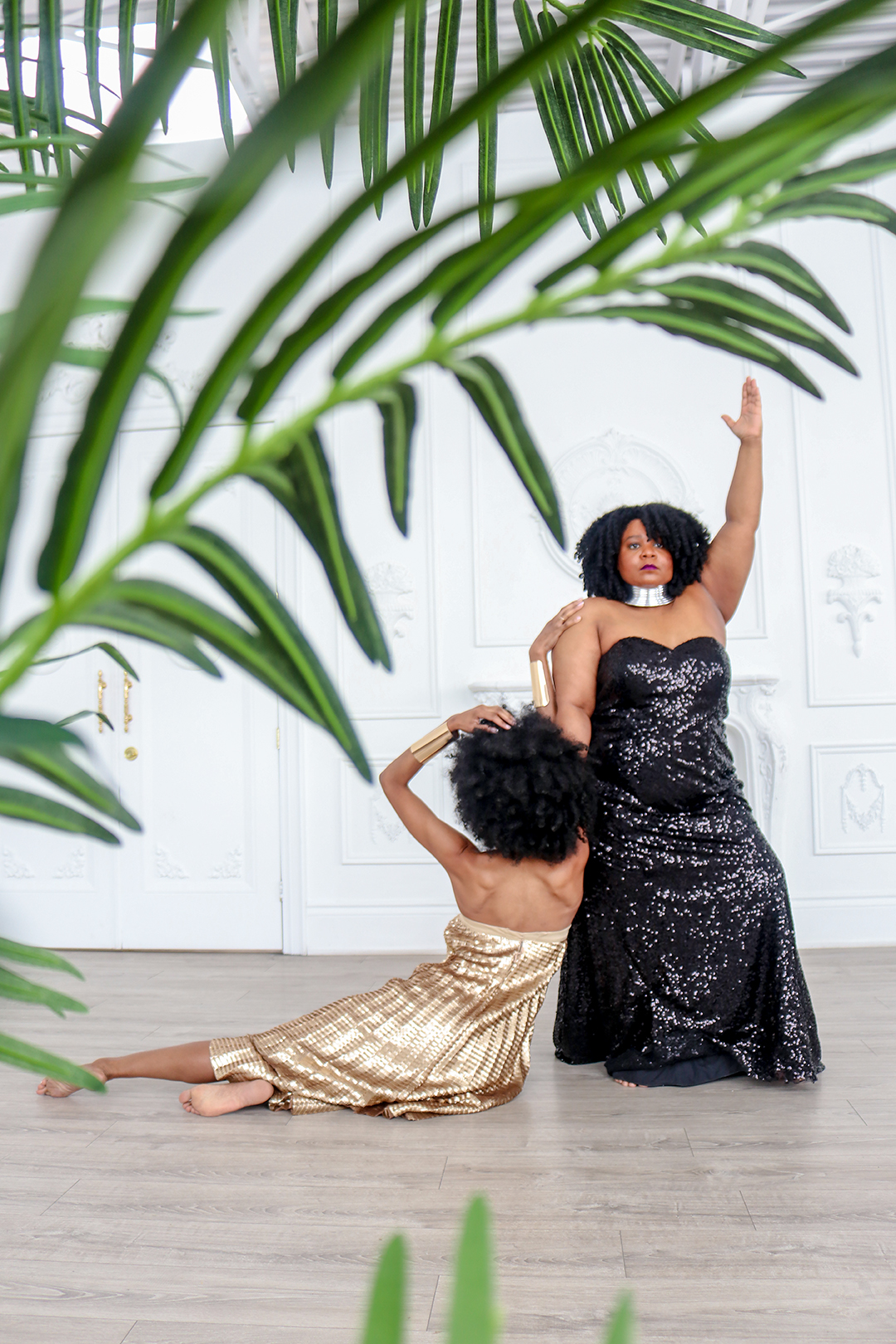
Gail
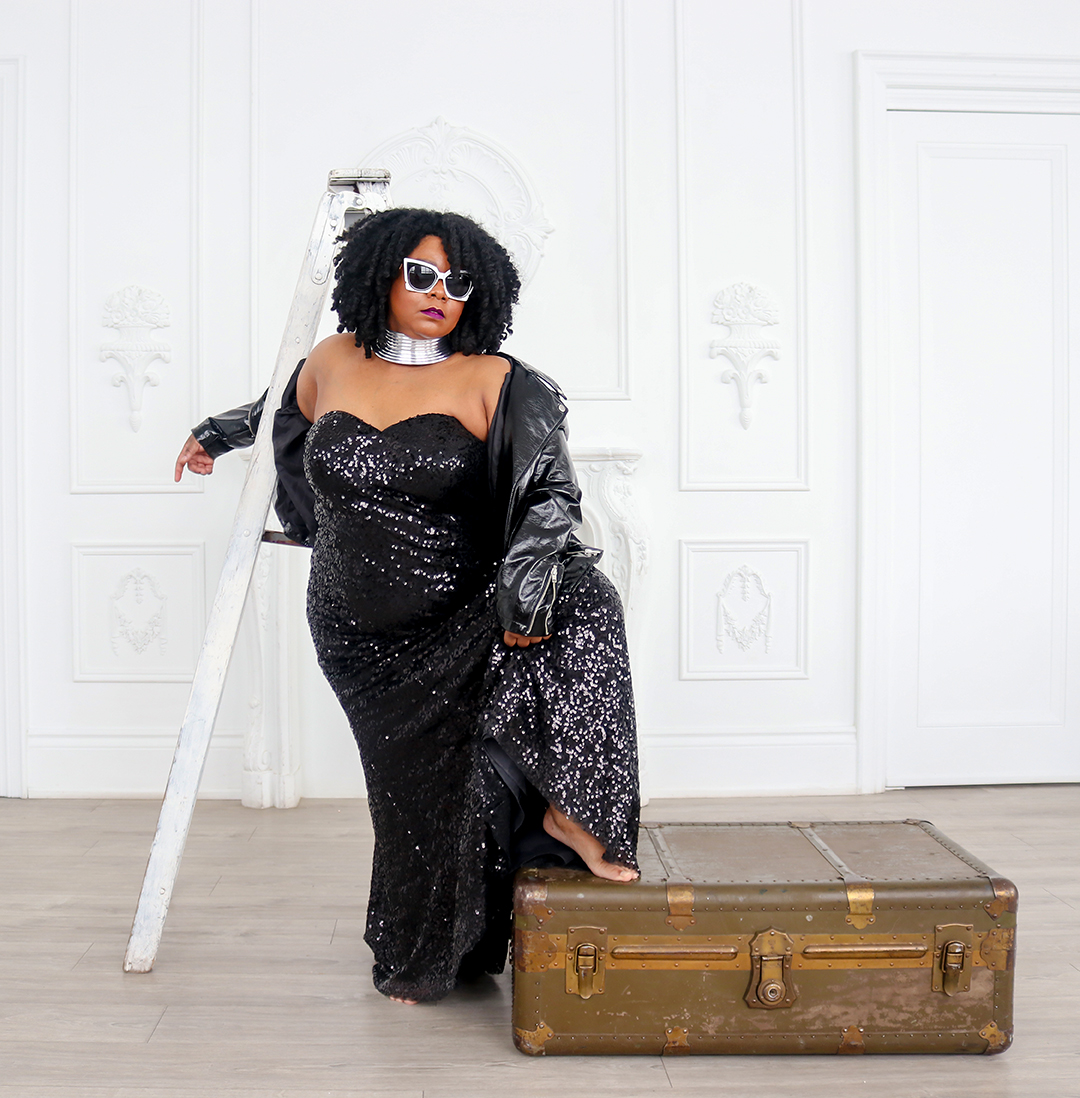
As I meandered through the beautiful works of art and objects of antiquity found in the “Caravans of Gold, Fragments in Time” exhibition, the theme of visibility and invisibility kept coming to mind and I noticed how that theme played out in my life as a black plus size woman living in Canada.
Growing up in the suburbs of Montreal, Quebec as a little black girl, I did not see myself reflected at all in the animated TV shows or movies I consumed or even the billboard ads that would whiz by when driving with my parents. I did not see myself reflected in the children’s books that I read or had read to me.

As I moved from childhood to adolescence and the onset of puberty, my body decided that I was going to have wide and generous hips, thighs and behind – basically I was chubby. Once again, I did not see myself reflected in fashion magazines or movies. A few years ago I read a brilliant piece by Ta-Nehisi Coates, for The Atlantic (see here) where the opening line of the article critiquing the biopic on Nina Simone states, “When I was a kid, I knew what the worst parts of me were – my hair and my mouth. My hair was nappy. My lips were big.” To that list I would also add thighs and a rear end that were and still aren’t a runway model size. As a teenager, I knew that my body and its characteristics were not hip, in or cool and was certainly not what the established Eurocentric standards of beauty are.
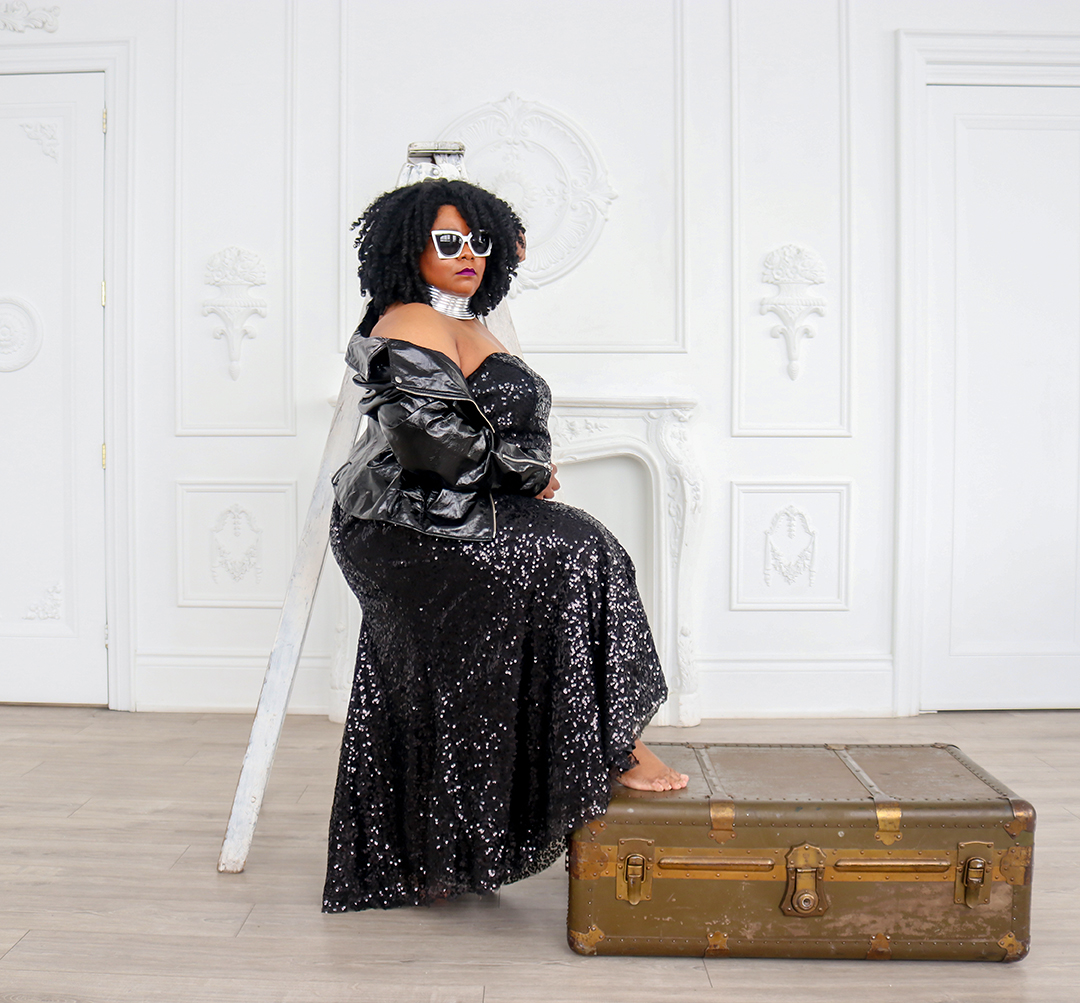
This invisibility definitely extends to the fashion industry as well. The available clothing options for plus size women were scant when I was an adolescent…I mean real slim pickings here. As a result, my relationship with the fashion industry was and still is a fraught one to say the least. It’s almost as though we are treated like second class citizens who also have “The Plague”! The late fashion designer, Karl Lagerfeld, who had a long history of disparaging plus size women, was quoted as saying that, “No one wants to see curvy women!” He was basically saying out loud what a lot of fashion designers and magazine editors think – “Who cares about plus size women and their needs!” If our needs happen to be considered, we are forced to only shop online!
Now, the plus size community has gained momentum and become more mainstream but I’ve noticed that those plus models and/or bloggers who are on the smaller size of the scale and are Caucasian receive far more attention than their larger and darker skinned counter parts. To me it feels as though the momentum gained by the plus size movement in gaining acceptance from society only happens if the face of the movement is a Caucasian one and that’s problematic. Even within this community one can feel unseen.
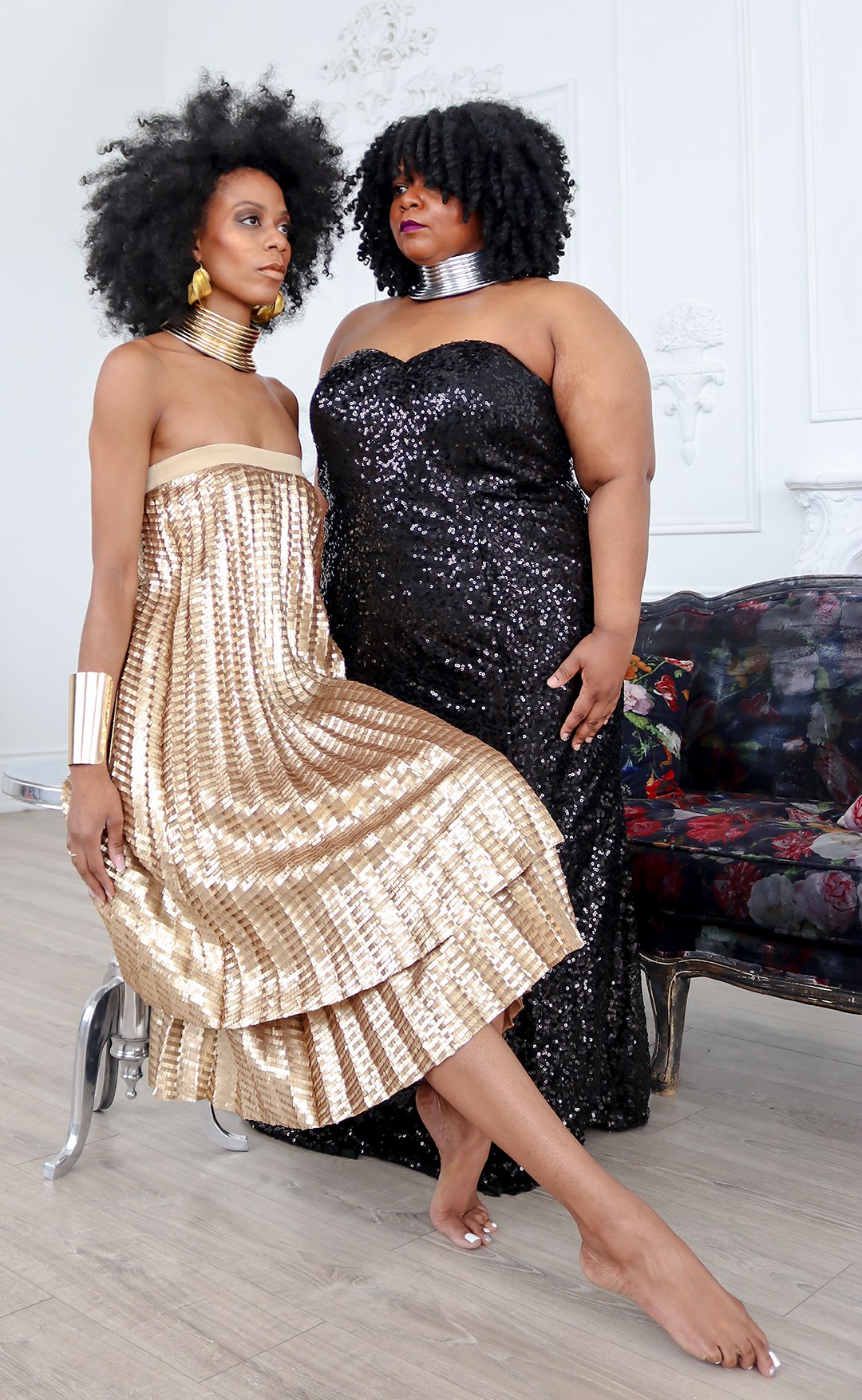
One of the chief reasons Leslie and I created The Long & Short of Style, much like the “Caravans of Gold, Fragments in Time” exhibition is to celebrate our unique and respective black experience – becoming seen and on our own terms.
On Wednesday, February 5th at 7:00 pm the Aga Khan Museum will host a talk entitled CONTEMPORARY AFRICAN ART PRACTICES IN A GLOBALIZED WORLD . Speakers will include Dr. Julie Crooks, Associate Curator, Photography, at the Art Gallery of Ontario (AGO), Ekow Nimako, Artist, and Chiedza Pasipanodya, Artist and Curator.
And that’s the long and short of it
Gail & Leslie
Photo credit: Roseline Bonheur
